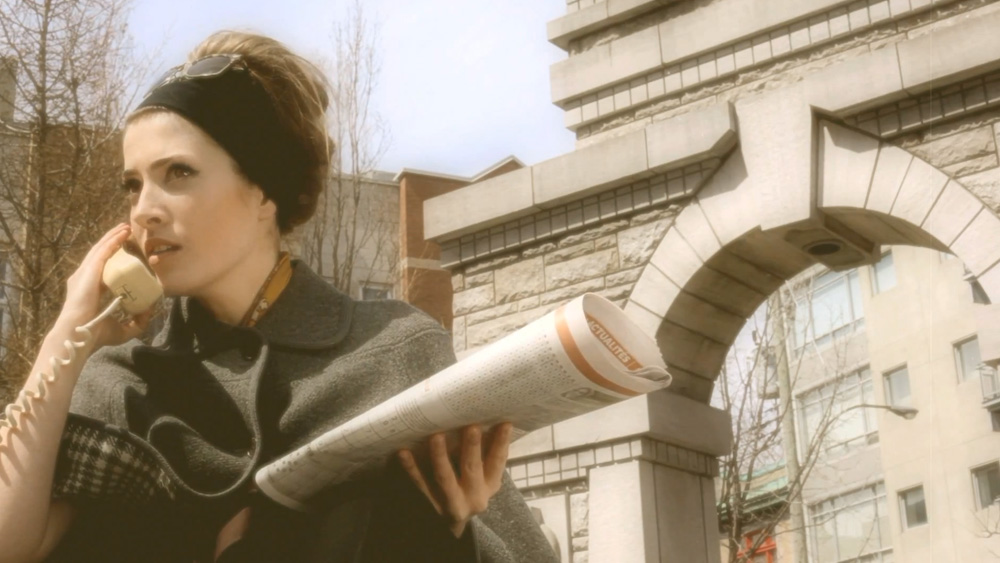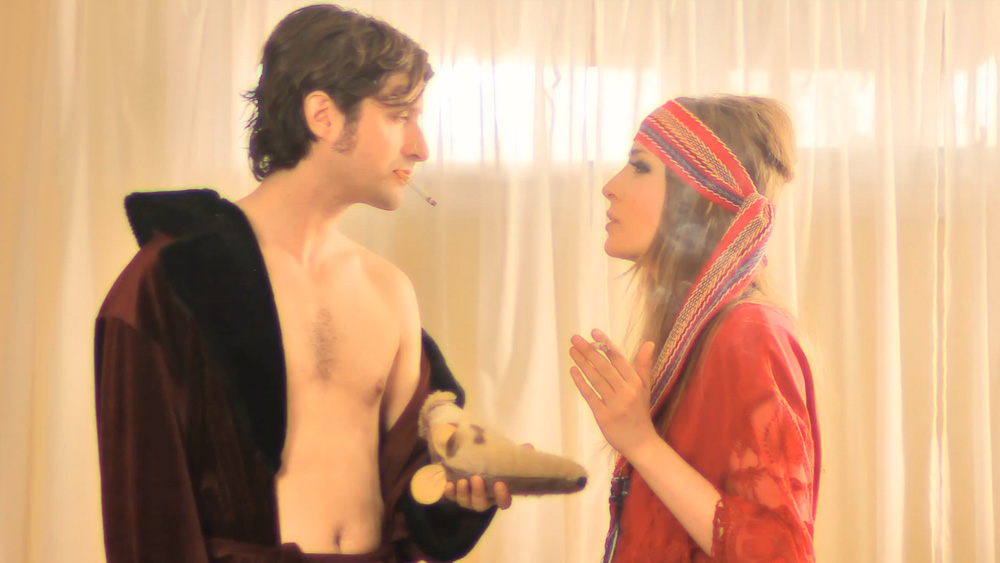Glenn wakes up to discover that his personal data has been leaked and is spreading virally all over the world.
In Matt Porter’s (Xander) compelling short film “See Saw,” Glenn awakens to a digital nightmare as his personal data is leaked and rapidly spreads across the globe. This unsettling scenario plunges Glenn into a chaotic world where privacy is a relic of the past, and the ramifications of his exposed secrets escalate with every passing moment. “See Saw” deftly explores the vulnerability and paranoia that come with living in an increasingly interconnected and surveilled society.
Porter masterfully combines suspense with a thought-provoking narrative, forcing viewers to confront the fragility of their own digital footprints. The film’s relevance in today’s age of data breaches and cyber threats makes it a poignant and urgent story, resonating deeply with audiences who are all too familiar with the dangers of personal information falling into the wrong hands. “See Saw” is not just a film, but a wake-up call about the perils of our digital age.

What inspired you to create “SeeSaw,” and how did the idea of a personal data leak leading to a viral situation come about?
Years ago, after the Sony Pictures hack, my friend Max Azulay and I became fascinated by what this kind of office-wide exposure of personal information and private correspondence would do a workplace dynamic. We worked on a TV idea based on this for a little, and then we moved on to other projects. Ever since then, I would sometimes think about that idea — and the fun interplay between a very big overarching concept and then the very personal repercussions within that. Last year, I had an idea of a way to explore this concept as a single story with a short film, focused on one main character. It took me a while to then decide where it goes, and how to end it, but after sitting with the first half for a while, I found myself drawn to something thematic, and ultimately pretty heartfelt, about vulnerability and “being seen” in relationships with other people.
“SeeSaw” is described as both funny and heartfelt. How did you manage to balance the humor with the emotional aspects of the story?
For me, whenever I make anything, I find it very difficult not to have humor in it, and I find it difficult to not also balance that humor with some grounded drama and emotional sincerity by the end. In terms of how I balance the two, I think I just try to trust my own taste and instinct, knowing that my personal blend of these things might not necessarily work for everyone, but it works to me!
Can you tell us more about Glenn as a character? How did you develop his personality and reactions to the unfolding chaos?
Glenn as a character is in some ways a blank slate, but part of the fun of this concept is that it allowed us to slowly reveal little things about him as the story evolves. I felt it was important for him to feel like someone who was potentially quite guarded, private, and a little hard to read, which would make this global exposure even more earth shattering. It also felt natural he should have a rich and complex private world. We filmed the actor David Brown doing all kinds of things that added to who this person is when he’s alone — writing songs, taking selfies, interviewing for jobs, arguing with his mom, and doing online yoga. Not all of those elements even made it into them film, but it helped David and I understand the character more. I’ll also say that casting the incredibly talented David Brown also added a whole lot to who Glenn is without me having to do anything at all.

The film is noted for its great pacing and build-up moments. What techniques did you use to ensure the story maintained its momentum and kept viewers engaged?
In terms of the film’s pacing, I am also an editor, so I think I always had as sense of the pacing I imagined for the film since the earliest drafts of the script. In the edit, some things slowed down and some things sped up, but I’d say I mostly stuck to my original intention in terms of how things built and paid off.
The theme of personal data leakage is very relevant today. What message do you hope to convey about privacy and data security through this film?
While the theme of personal data leaking is quite relevant today, I’d say the thematic takeaway of the film ends up being less about the technology specifically, and more about everyday vulnerability. I think the film is sort of following that classic film trope of burdening your main characters with the exact “punishment” that will most confront and challenge their flaws and insecurities. I’d say the thematic takeaway of the film, in a sense, is that even in this wildly extreme circumstance, the value of being open and honest and being seen for all your quirks and idiosyncrasies ultimately outweighs the initial fear of losing control of how you are seen. Obviously, Glenn’s situation is quite over the top, but in his interaction with Sierra’s character, hopefully we can feel the benefit and power of being seen and vulnerable.
What comedic techniques or influences did you draw upon to create the humor in “SeeSaw”
Nothing specifically comes ot mind in terms of comedic techniques or influences. I definitely drew on all the influences I always do, my favorite comedy/dramady filmmakers and creators like Charlie Kaufman, Greta Gerwig, and James L. Brooks.
Were there any significant challenges you faced during the production of “SeeSaw,” and how did you overcome them?
Our greatest challenge was probably doing the film in a single day. It meant we didn’t have a lot of time to do tons of takes, and we needed to keep the transitions between setups very intentional and well planed out. Luckily my DP John de Menil was incredibly efficient and time sensitive, and so after we had gone through the shot list and the day’s plan meticulously in our prep, we were able to move quite quickly on the day. We also shot the entire film on a single zoom lens, which allowed us to move between setups very easily, without much adjustment.

How have audiences responded to the film so far, and were there any surprising reactions or interpretations of the story?
I have only shared the film at a few film festivals before putting it online, so I am still experiencing the fun of seeing everyone’s reactions. One interesting reaction that I’ve gotten quite a bit is that people don’t seem to know whether or not Sierra is leaving him for good at the end of the film, or just leaving for the day. I always assumed that she was not leaving him for good, just getting out of his apartment and returning to her life, but I’ve come to terms with the fact that a lot of people might assume they broke up. Maybe they did! Maybe it can live as a bit ambiguous.
How did you select the cast for “SeeSaw,” and what was the collaborative process like on set?
David Brown and Sierra Katow were both recommended to me by friends, and they were both phenomenal. They were supremely professional, and they heightened the material and added humanity to it that I could never have achieved without their involvement. The dynamic on set was easy and very fun. It was quite hot in the apartment with the AC off, but everyone had a great attitude and did top notch work. Sierra even had to do a very long monologue over and over and didn’t flub a line once.
What are your all-time favourite short films?
I love “Squirrel” by Alex Kavutskiy, “Blissful Banquet” by Harrison Atkins, and “The Person I am When NO One is Looking” by Kailee McGee. But these are just the first three that came to mind! There are so many great short films over the years that I’ve loved. I wish I had kept a list!




